Tectonic Activity
Tectonic activity refers to the processes related to the movement and deformation of the Earth's crust. These processes are driven by the heat generated from the Earth's interior and are responsible for the formation of geological features such as mountains, volcanoes, and earthquakes. The study of tectonic activity is crucial for understanding the dynamic nature of the Earth and its impact on the environment and human societies.
Types of Tectonic Activity
There are several types of tectonic activity, including:
- Plate Tectonics: The Earth's outer shell is divided into several large and small plates that are constantly moving. The interactions between these plates result in various geological phenomena such as earthquakes, volcanic eruptions, and the formation of mountain ranges.
- Volcanism: The process of molten rock, or magma, rising from the Earth's interior and erupting onto the surface, forming volcanoes and volcanic landscapes.
- Earthquakes: Sudden and violent shaking of the ground caused by the movement of tectonic plates or volcanic activity.
- Folding and Faulting: The bending and breaking of the Earth's crust due to tectonic forces, leading to the formation of mountain ranges and geological faults.
Key Concepts to Understand
When studying tectonic activity, it's important to grasp the following key concepts:
- Plate Boundaries: The regions where tectonic plates meet and interact. There are three main types of plate boundaries: divergent boundaries (where plates move apart), convergent boundaries (where plates collide), and transform boundaries (where plates slide past each other).
- Seismic Waves: The energy released during an earthquake travels in the form of seismic waves, which can be classified as primary (P-waves) and secondary (S-waves).
- Types of Volcanoes: Understanding the differences between shield volcanoes, stratovolcanoes, and cinder cone volcanoes, including their characteristics and eruption patterns.
- Ring of Fire: The Pacific Ring of Fire is a region known for its high volcanic and seismic activity, encircling the Pacific Ocean due to the presence of several tectonic plate boundaries.
Study Guide
To effectively study tectonic activity, consider the following steps:
- Start by understanding the basic principles of plate tectonics and the movement of tectonic plates.
- Explore the different types of plate boundaries and the geological features associated with each type.
- Learn about the causes and consequences of earthquakes, including the Richter scale and the Mercalli intensity scale.
- Examine the formation and characteristics of different types of volcanoes, as well as the factors influencing volcanic eruptions.
- Investigate the impact of tectonic activity on the Earth's surface and its implications for human populations and the environment.
By mastering these concepts and engaging in related activities such as map interpretation, scientific modeling, and case studies of significant tectonic events, you can develop a comprehensive understanding of tectonic activity and its significance in the field of Earth science.
Good luck with your studies!
.◂Science Worksheets and Study Guides Fifth Grade. Science Worksheets: Acids and bases
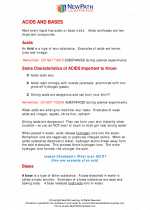
 Activity Lesson
Activity Lesson
 Worksheet/Answer key
Worksheet/Answer key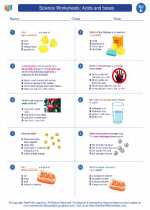
 Worksheet/Answer key
Worksheet/Answer key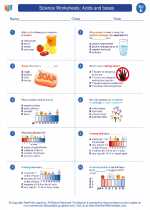
 Worksheet/Answer key
Worksheet/Answer key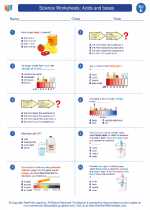
 Worksheet/Answer key
Worksheet/Answer key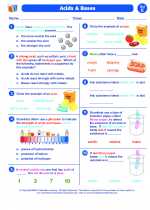
 Vocabulary/Answer key
Vocabulary/Answer key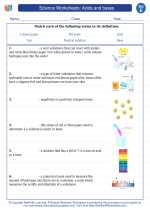
 Vocabulary/Answer key
Vocabulary/Answer key
